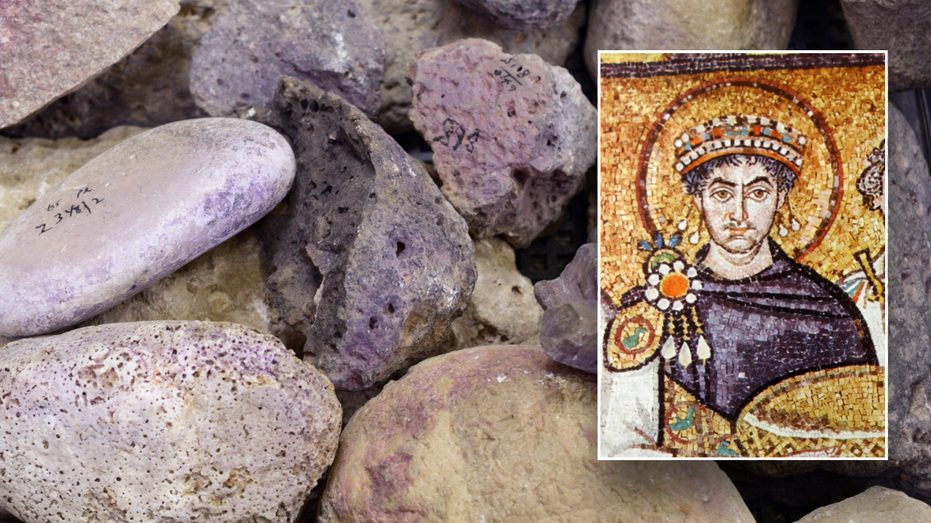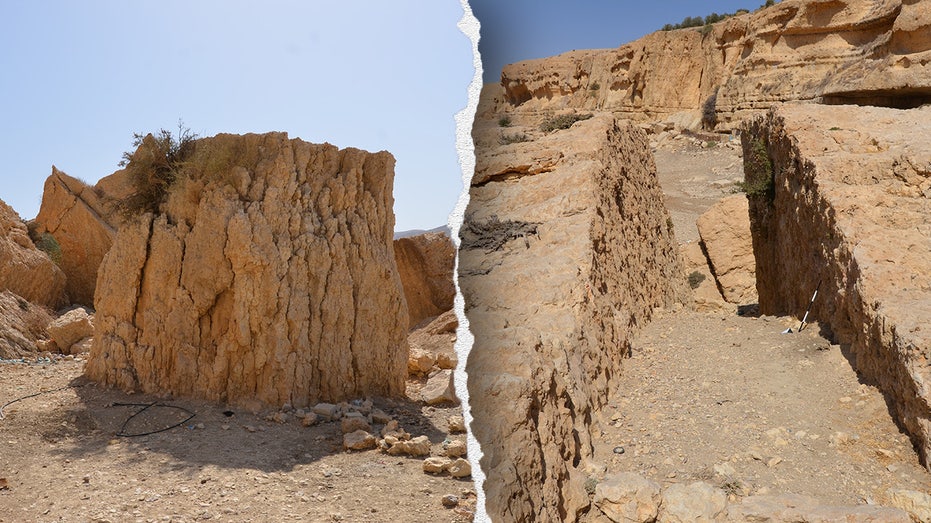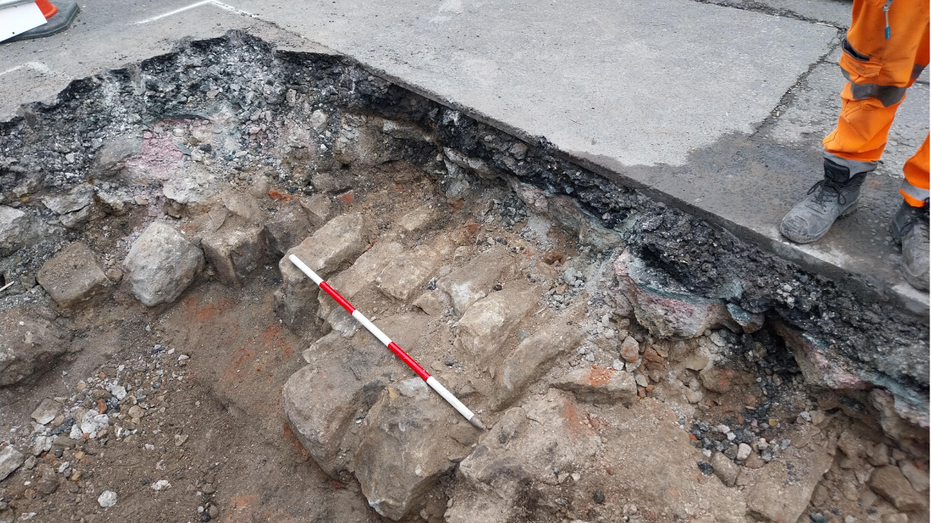Ancient Purple Dye Factory Unearthed in Israel, Tied to Biblical Royalty

Sarah Johnson
May 10, 2025
Brief
Archaeologists uncover ancient purple dye factory in Israel, revealing Iron Age industry behind biblical luxury color.
Archaeologists have unearthed a remarkable piece of history at Tel Shiqmona, a coastal site in modern-day Israel, revealing an ancient purple dye factory that operated as early as 1100 B.C. This Iron Age facility, detailed in a recent PLOS One study, was a powerhouse of industrial-scale production, churning out the coveted purple dye referenced in the Bible—a color so luxurious it was reserved for royalty and divinity.
Located south of Haifa along the Mediterranean, Tel Shiqmona stands alone as the only known site worldwide with evidence of sustained, large-scale purple dye production for over 500 years. The process was no small feat: artisans crushed mollusk shells to extract a greenish fluid that, through a complex chemical dance, oxidized into a vibrant purple. This dye didn’t just color fabrics; it bonded with them, creating textiles of unparalleled value.
The Bible mentions this dye in vivid contexts—Lydia, a merchant of purple cloth in Acts 16:14, and Jesus, mockingly draped in a purple cloak in Mark 15:17. These references underscore the dye’s cultural weight, symbolizing wealth and power. At Tel Shiqmona, vats stained with purple residue and stone tools tell a story of relentless industry. Unlike earlier assumptions that Romans pioneered industrial dyeing in the first century A.D., this site proves the practice thrived centuries earlier.
Archaeologist Golan Shalvi described the site as a gritty, odor-heavy hub—no grand architecture, just efficiency. Picture wool fleeces drying in shades of reddish-blue, the air thick with the stench of mollusk processing. The factory didn’t just produce dye; it dyed fibers on-site, with massive vats designed for dipping textiles, suggesting a streamlined operation that maximized output.
This discovery rewrites our understanding of ancient economies, showing a sophisticated industry that fueled trade and status. Tel Shiqmona’s legacy is a testament to human ingenuity, turning slimy snails into symbols of splendor.
Topics
Editor's Comments
Tel Shiqmona’s purple dye factory smells like a fishy deal turned royal! Imagine the workers, knee-deep in mollusk muck, dyeing the ancient world’s VIP robes. Wonder if they ever griped, ‘This job stinks, but at least it’s fit for a king!’
Like this article? Share it with your friends!
If you find this article interesting, feel free to share it with your friends!
Thank you for your support! Sharing is the greatest encouragement for us.



